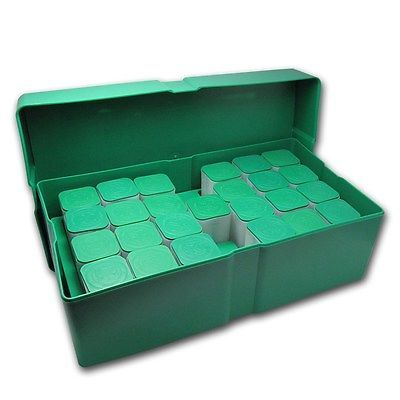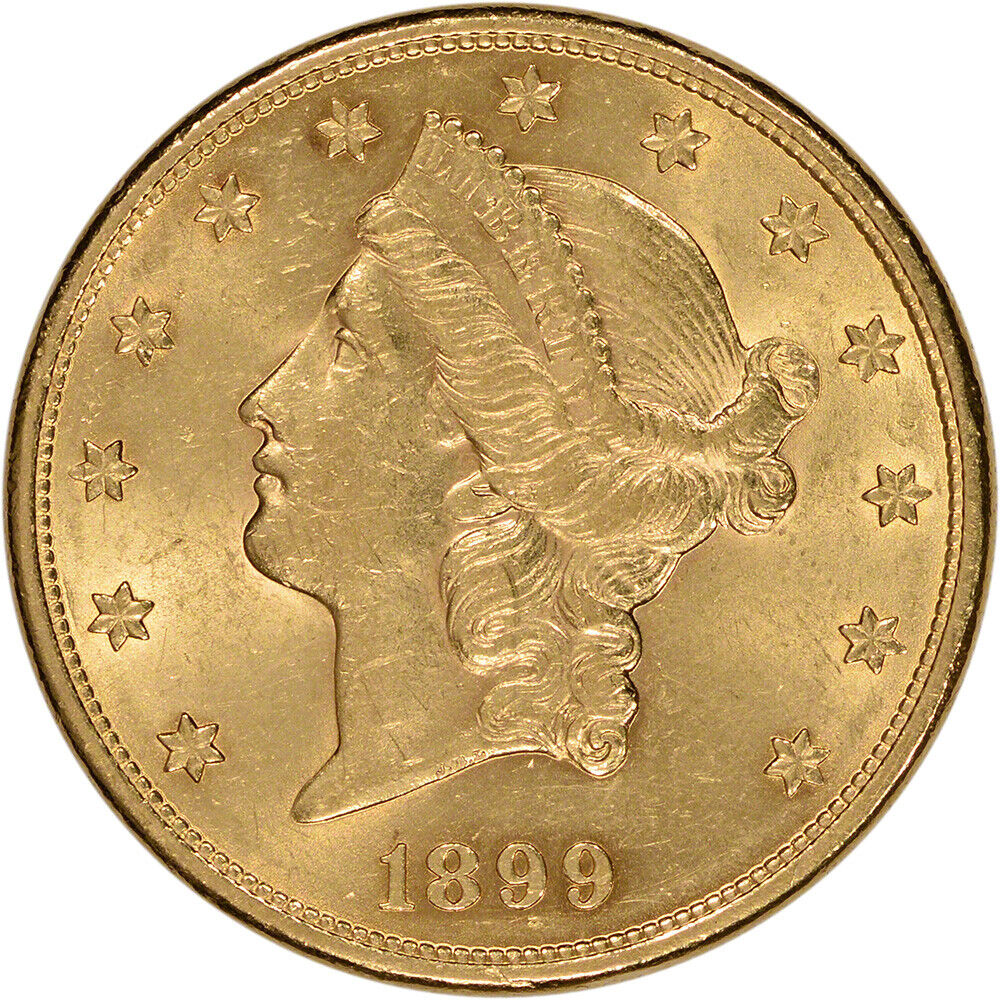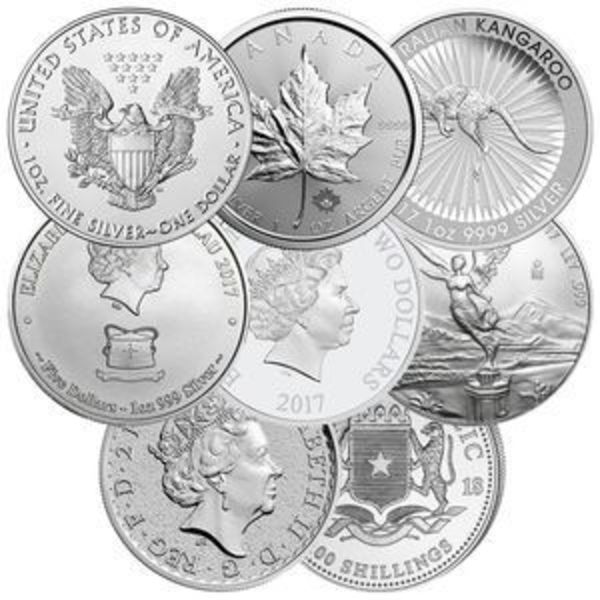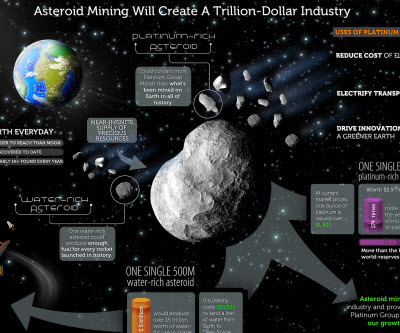Silver Monster Box Investing
Buying monster boxes can be a practical choice for investors who prefer to buy in bulk and are serious about silver exposure. They provide a bulk alternative to purchasing bullion coins one at a time, often resulting in a lower overall premium cost, making them one of the best allocations for investors who prefer mint fresh BU coins.





